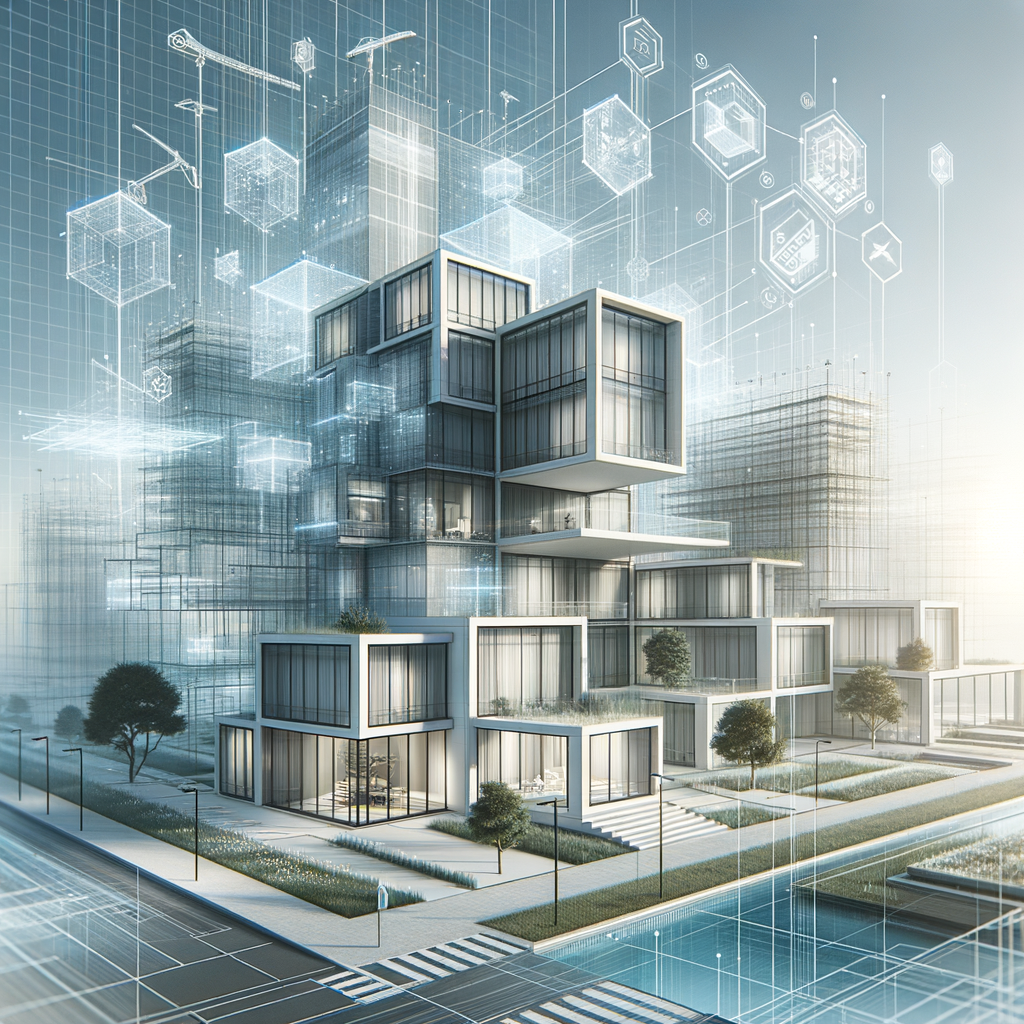
Designing the Future: How AI and Machine Learning are Shaping Architecture and Construction
The blog explores the transformative role of AI and machine learning in the fields of architecture and construction. Delving into topics such as AI-driven design optimization, predictive maintenance in construction, and autonomous project management, this article provides a comprehensive view of how technology is redefining these ancient industries.
Designing the Future: How AI and Machine Learning are Shaping Architecture and Construction
In recent years, architecture and construction have seen rapid technological advancements thanks to AI and machine learning. These developments are not just augmenting existing practices but reinventing how buildings are conceptualized and constructed. In this blog post, we will explore the myriad ways in which these technologies are being leveraged across the industry.
AI in Design and Planning
The initial stages of building can be the most complex, involving numerous variables and innumerable possibilities. AI-powered design tools help architects simulate various scenarios, optimize designs, and generate innovative solutions that were previously inconceivable. Tools like generative design software use algorithms to create design alternatives, allowing architects to explore a wider range of options and choose the most efficient one.
Machine Learning and Predictive Analytics
Construction projects often grapple with delays and cost overruns. Machine learning comes to the rescue by predicting potential risks using historical data. Predictive analytics tools can forecast delays due to weather conditions, equipment failures, or labor shortages, enabling proactive measures.
The Role of Drones and Robotics
AI advancements have also enhanced the capabilities of drones and robots. Drones are being used for land surveying and continuous monitoring of construction sites, while robotics is increasingly employed for on-site construction tasks, automating repetitive and labor-intensive processes.
Smart Materials and Sustainability
Innovation in materials science, fueled by AI, is leading to the development of smart materials that can adapt to environmental conditions, enhance energy efficiency, and reduce waste. AI aids in the intelligent selection and use of sustainable materials, crucial for eco-friendly construction practices.
Autonomous Project Management
AI-driven project management platforms streamline communication and workflow among stakeholders. These platforms provide real-time updates and simulate potential project scenarios to aid planning and decision-making.
Challenges and Ethical Considerations
Despite the advantages, integrating AI and ML into construction and architecture raises ethical and practical challenges, such as data privacy and the displacement of jobs. It is crucial to balance technological innovation with ethical considerations to ensure these tools are used responsibly.
The Future of AI in Architecture and Construction
As AI and machine learning continue to evolve, their impact on architecture and construction will undoubtedly expand. We are likely to see even more sophisticated tools and applications that further streamline processes, enhance efficiency, and facilitate the creation of increasingly complex structures.
In conclusion, AI and machine learning are not only improving existing architecture and construction practices but are setting the stage for innovative approaches that will define the future landscape.